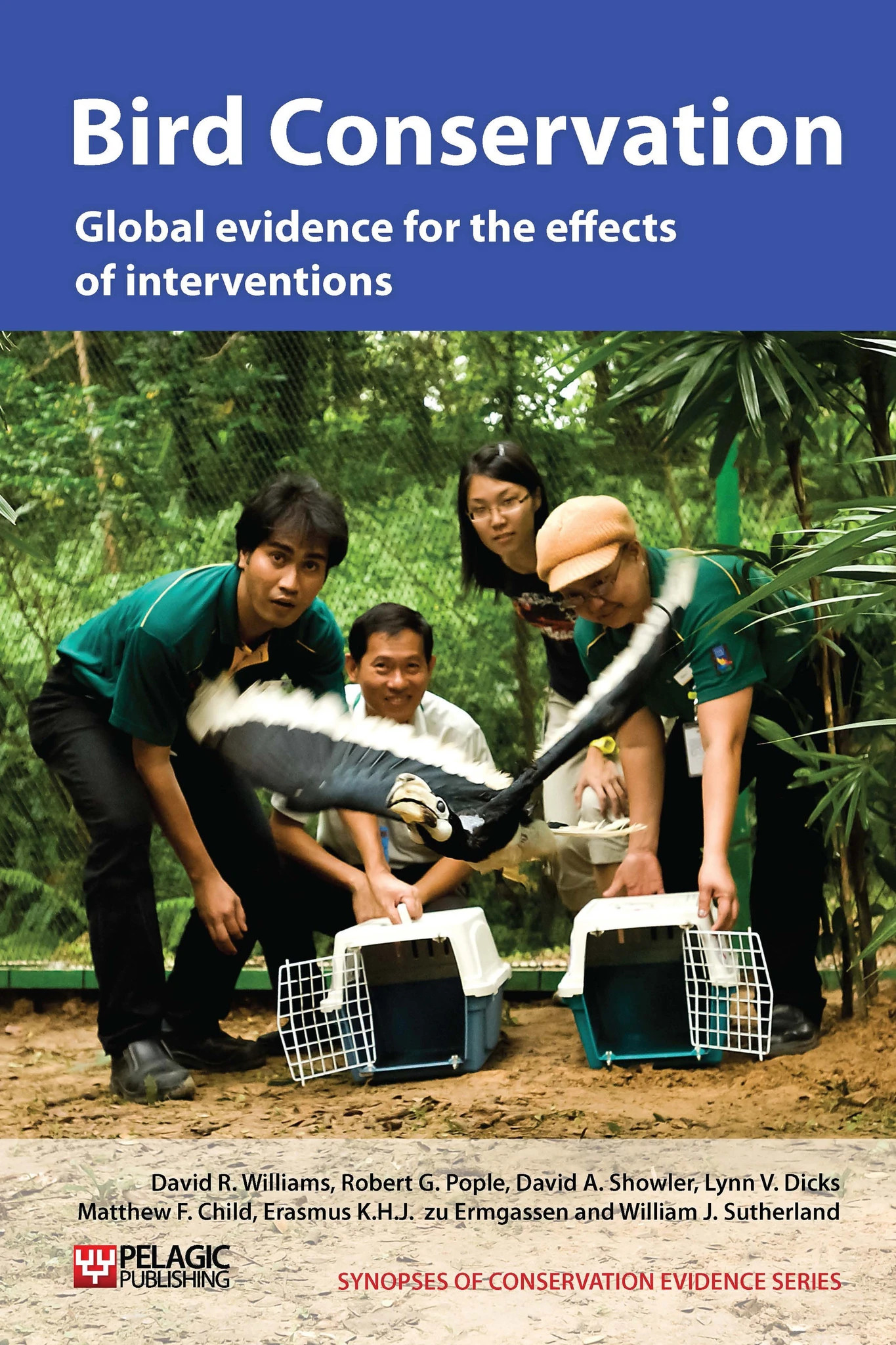Use environmentally sensitive flood management
-
Overall effectiveness category Unknown effectiveness (limited evidence)
-
Number of studies: 2
View assessment score
Hide assessment score
How is the evidence assessed?
-
Effectiveness
41% -
Certainty
26% -
Harms
0%
Study locations
Supporting evidence from individual studies
A controlled before-and-after study on the river Roding in Essex, England (Raven 1986), found that in 1982 there were more territories and more species of bird on a 3 km stretch of the river that was modified in 1979 to reduce flooding in the area, compared to an adjacent 500 m stretch of river that was channelized in 1974 (52 territories of nine species vs. three territories of two species). The experimental stretch had one bank excavated to create a 0.3 m high shelf (a ‘flood beam’) just above the level of the main channel. This meant that the main channel continued to carry water during dry periods (at a rate of 2 m3/s) but during heavy rains, the beam would carry water as well (at up to 40 m3/s) increasing the width and the flow capacity of the river.
Study and other actions testedA replicated site comparison trial in 1993-2003 on ten sites along the Sacramento River, California, USA (Gardali et al. 2006), found that 13 of 20 bird species were increasing on plots where both riparian vegetation and the river’s hydrological dynamics were restored. This study is discussed in detail in ‘Habitat restoration and creation’.
Study and other actions tested
Where has this evidence come from?
List of journals searched by synopsis
All the journals searched for all synopses
This Action forms part of the Action Synopsis:
Bird Conservation
Bird Conservation - Published 2013
Bird Synopsis





)_2023.JPG)














